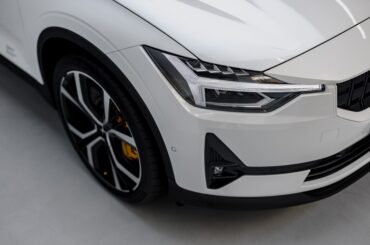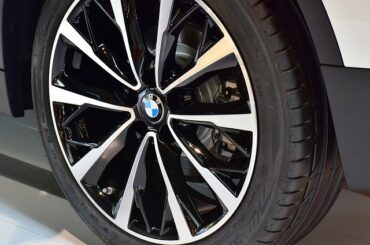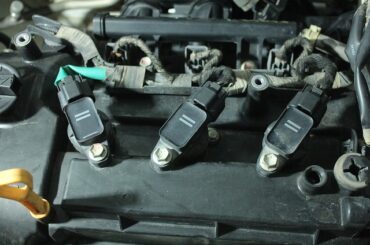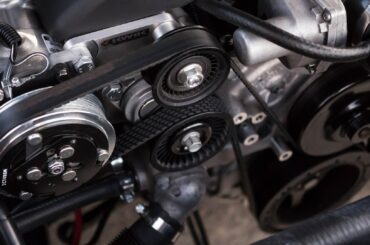One of the most exasperating situations a car owner can encounter is when their vehicle has power, yet it refuses to start. The frustration and inconvenience of being stuck with a non-responsive engine can be overwhelming, especially when you’re on the go.
Question: What causes car not to start but has power?
Contents
Understanding the Symptoms
When faced with a car that has power but won’t start, it’s essential to pay attention to the following typical symptoms:
1. Lights and Accessories Working, but Engine Not Cranking:
One of the most apparent signs of this issue is when all the lights and electrical accessories in the car are functioning correctly. The dashboard lights illuminate, the radio plays, and the power windows work, yet the engine does not crank when you turn the key. This indicates that power reaches the electrical components, but something prevents the engine from starting.
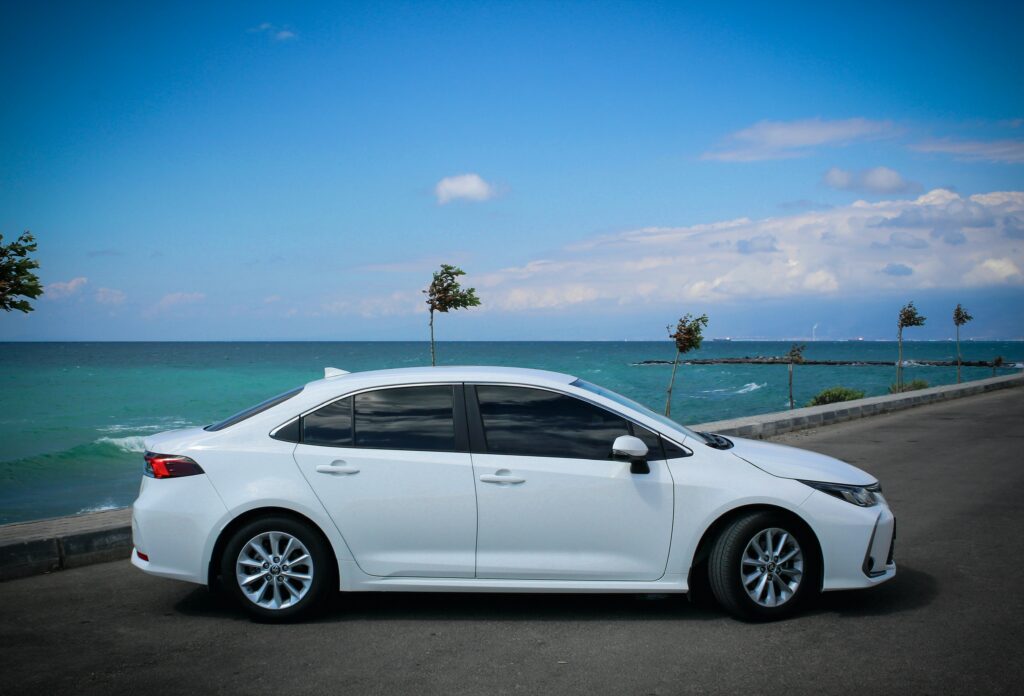
2. Unusual Sounds or Clicking Noises:
Listen for unusual sounds or clicking noises while attempting to start the car. A rapid clicking sound, for instance, often indicates a weak battery unable to provide enough power to the starter motor. Sometimes, a single click may be heard, suggesting a problem with the starter solenoid or connections.
These symptoms are crucial clues that can help narrow down the potential causes of the starting issue. Properly identifying these symptoms can guide the troubleshooting process, making diagnosing and resolving the underlying problem easier.
Identifying Potential Culprits
It’s essential to understand the primary components involved in the starting process to unravel the mystery behind a car having power but not starting. These components include the battery, starter motor, ignition system, fuel system, and electrical connections.
1. Battery:
It stores and supplies electrical energy to power various components, including the starter motor. A weak or dead battery can lead to insufficient power to crank the engine, despite other electrical accessories functioning properly.
2. Starter Motor:
The starter motor is responsible for physically turning the engine over when you turn the ignition key. Once the battery supplies power to the starter motor, it engages the flywheel, initiating the engine’s combustion process. A faulty starter motor can prevent the engine from cranking, even if the battery is in good condition.
3. Ignition System:
The ignition system is crucial for initiating and managing the engine’s combustion process. It includes components such as the ignition switch, ignition coil, and spark plugs. If these components fail, the engine may not receive the spark needed to ignite the fuel-air mixture, leading to a no-start condition.
4. Fuel System:
The fuel system delivers the right amount of fuel to the engine. If the fuel pump, fuel filter, or fuel injectors are faulty, the engine may not receive adequate fuel supply for ignition, resulting in starting issues.
5. Electrical Connections:
A car’s electrical components are interconnected through a network of wires and connectors. Loose or corroded electrical connections can disrupt the flow of electricity, leading to various electrical problems, including starting difficulties.
Each of these components plays a crucial role in the starting process, and any malfunction in them can result in a car that has power but won’t start. To identify the exact cause, troubleshooting should be systematic and step-by-step. Please start with the simplest checks, such as inspecting the battery and its connections, and gradually move on to testing the starter motor, ignition system, fuel system, and electrical connections. This systematic approach will help pinpoint the culprit and facilitate a successful resolution of the starting issue.
Common Causes and Solutions
Despite having power, a car may fail to start for various reasons.
1. Weak or Dead Battery:
Cause: A weak or dead battery is one of the most frequent culprits behind starting issues. While it can still power accessories, it may lack the capacity to provide enough energy to crank the engine effectively.
Solution: Recharge or replace the battery, ensuring it has the required voltage and capacity to start the engine.
2. Starter Motor Problems:
Cause: A faulty starter motor may not correctly engage the engine’s flywheel, preventing the engine from cranking when the ignition key is turned.
Solution: Test the starter motor’s electrical connections and verify its proper functioning. If malfunctioning, repair or replace the starter motor to restore normal starting operation.
3. Ignition System Issues:
Cause: Problems with the ignition system, such as a faulty ignition switch, worn-out ignition coils, or defective spark plugs, can disrupt the ignition process, leading to a no-start condition.
Solution: Inspect the ignition system components thoroughly. Replace any worn-out spark plugs or malfunctioning ignition coils. If the ignition switch is faulty, have it repaired or replaced by a qualified technician?
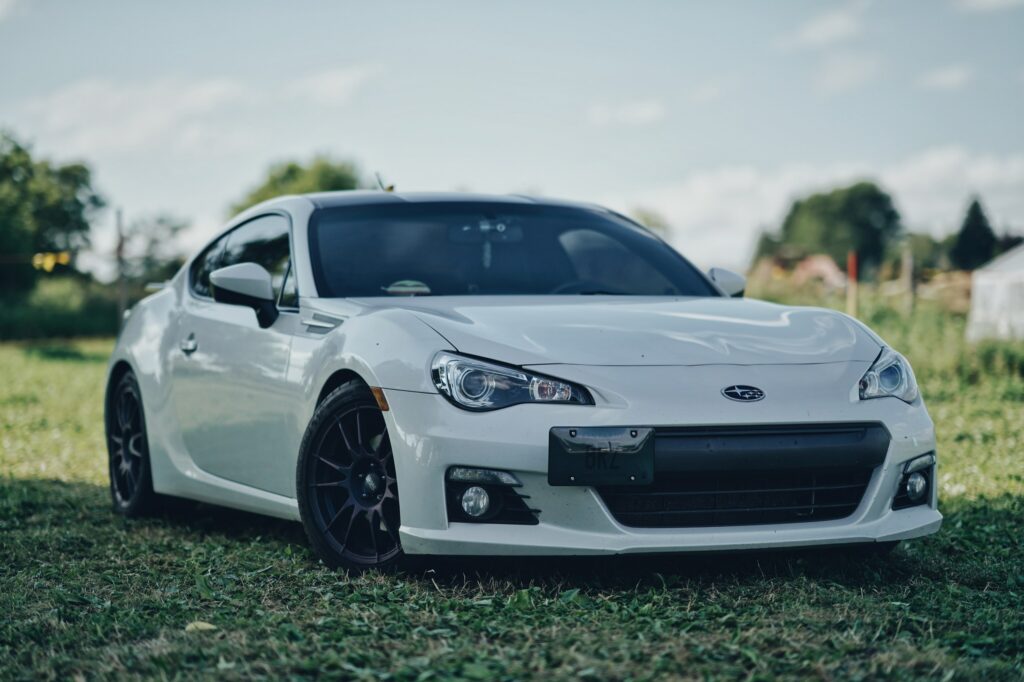
4. Fuel Delivery Problems:
Cause: Issues with the fuel delivery system, such as a faulty fuel pump, clogged fuel filter, or malfunctioning fuel injectors, can result in insufficient fuel supply to the engine, preventing it from starting.
Solution: Check the fuel pump’s pressure and ensure it delivers fuel effectively. Replace a clogged fuel filter and inspect the fuel injectors for proper functioning. Cleaning or replacing faulty fuel injectors can resolve fuel delivery issues.
5. Electrical Issues:
Cause: Loose or corroded electrical connections, as well as blown fuses, can interrupt the flow of electricity to essential components, including the starter motor and ignition system.
Solution: Thoroughly inspect all electrical connections and ensure they are clean and secure. Replace any blown fuses with the appropriate ones. Meticulously checking the car’s wiring system can help identify and resolve any electrical issues.
It is important to approach troubleshooting systematically, starting with the most common and easily identifiable causes. Addressing these issues promptly and effectively will increase the likelihood of restoring the car’s starting functionality and preventing similar problems. If troubleshooting becomes challenging, seeking assistance from a qualified mechanic is advisable to ensure a proper diagnosis and resolution of the problem.
Troubleshooting Steps
When faced with a car that has power but won’t start, follow these step-by-step guidelines to identify and resolve the starting problem:
Step 1: Verify the Battery’s Charge and Connections
– Check if the battery is charged adequately. If necessary, recharge it or jump-start the car.
Step 2: Check the Starter Motor
– Rapid clicking may indicate a weak battery, while a single click could signal a faulty starter motor.
– Test the starter motor using a multimeter to check for proper electrical continuity.
Step 3: Inspect the Ignition System
– Verify that the dashboard lights illuminate when the ignition key is turned. If not, the ignition switch might be faulty.
– Test the ignition coil and spark plugs to ensure they generate the necessary spark.
Step 4: Assess the Fuel Delivery System
– If you don’t hear it, there might be an issue with the fuel pump.
– Check the fuel filter for clogs, and inspect the fuel injectors for proper functioning.
Step 5: Examine Electrical Connections
– Inspect all electrical connections and wiring for signs of damage, corrosion, or loose connections.
– Use appropriate tools, such as a digital multimeter, to test the continuity of electrical circuits.
Step 6: Follow Safety Precautions
– Prioritize safety during the troubleshooting process. Avoid working near moving engine parts and rotating belts.
– Disconnect the battery’s negative terminal before conducting electrical tests to prevent shocks.
Step 7: Seek Professional Help if Needed
– If you cannot diagnose or resolve the issue after following these steps, you should seek assistance from a qualified mechanic or automotive technician.
– Professional expertise and diagnostic tools can accurately identify complex problems and ensure a proper resolution.
Seeking Professional Help
If you cannot diagnose or fix the car’s starting problem despite following the troubleshooting steps, it’s time to seek professional assistance. Professional mechanics and auto service centers have the expertise, experience, and diagnostic tools to effectively identify and resolve complex issues.
1. When to Seek Professional Assistance:
a) If you lack experience or knowledge in automotive diagnostics and repairs, it’s best to leave the troubleshooting to the experts.
b) If the starting problem persists despite conducting basic checks and following the troubleshooting steps, it indicates a more intricate issue that requires professional attention.
c) Unusual or intermittent starting issues can be challenging to diagnose for inexperienced individuals, making professional expertise crucial.
2. Finding a Reliable Mechanic or Auto Service Center:
a) Look for certified and reputable mechanics or auto service centers with a track record of successful repairs.
b) Seek recommendations from friends, family, or online reviews to find reliable and trustworthy professionals.
c) Choose a service center specializing in your car’s make and model, as they may have more familiarity with its specific components and systems.
3. Communication and Transparency:
a) Opt for mechanics who communicate clearly and transparently about the issue and the proposed repairs.
b) Request detailed estimates for the expected costs and repair timeline before giving the go-ahead.
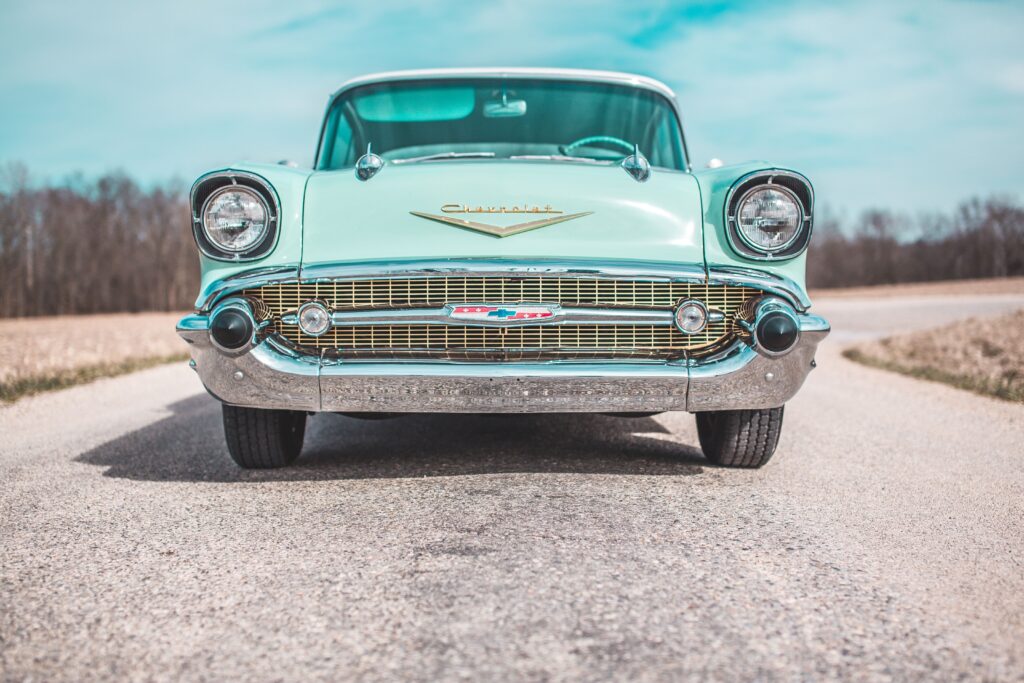
4. Warranty and Guarantees:
a) Inquire about warranty options for the repairs to ensure that you have recourse if the problem recurs shortly after the service.
b) A reputable service center should offer guarantees on their workmanship and parts used.
By seeking professional help, you can have peace of mind knowing that your car’s starting problem will be accurately diagnosed and resolved by skilled professionals. Remember that the expertise of experienced mechanics can save time, money, and frustration, ultimately getting you back on the road with a fully functioning vehicle.
What causes car not to start but has power?
In conclusion, a car with power but not starting can be frustrating. Understanding potential causes is crucial for effective troubleshooting. Check the battery, starter motor, ignition system, fuel delivery, and electrical connections approach troubleshooting methodically and prioritize safety. If the issue persists, seek professional help. Car owners can resolve the problem by following these steps and confidently get back on the road.



